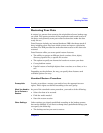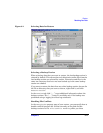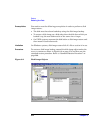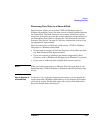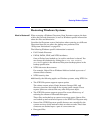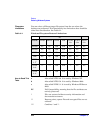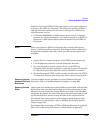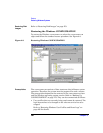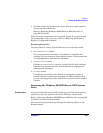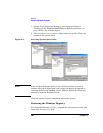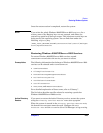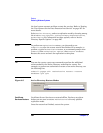
Restore
Restoring Windows Systems
Chapter 6 277
Restoring Windows Systems
What Is Restored? When restoring a Windows filesystem, Data Protector restores the data
within the files and directories, as well as Windows-specific information
about the files and directories.
Consider the filesystem restore limitations when restoring to a different
filesystem from the one where the backup was performed. See
“Filesystem Limitations” on page 278.
The following Windows-specific information is restored:
• Full Unicode filenames
• FAT16, FAT32, VFAT, and NTFS attributes
Once a file has been backed up, its archive attribute is cleared. You
can change this behavior by setting the Do not use archive
attribute option in the Advanced filesystem backup options in the
backup specification.
• NTFS alternate data streams
For example, Object IDs on Windows 2000 are backed up as sets of
alternate data streams.
• NTFS security data
Additionally, the following applies on Windows systems, using NTFS 3.x:
• The NTFS filesystem supports reparse points.
The volume mount points, Single Instance Storage (SIS), and
directory junctions are based on the reparse point concept. These
reparse points are selected like any other filesystem object.
• The NTFS filesystem supports sparse files as an efficient way of
reducing the amount of allocated disk space.
These files are backed up as sparse to save tape space. Sparse files
are backed up and restored as sparse to the NTFS 3.x filesystem only.
• Some of the NTFS filesystem specific features are controlled by the
system services, which maintain their own data records. These data
structures are backed up as a part of CONFIGURATION.
•Encrypted files.



